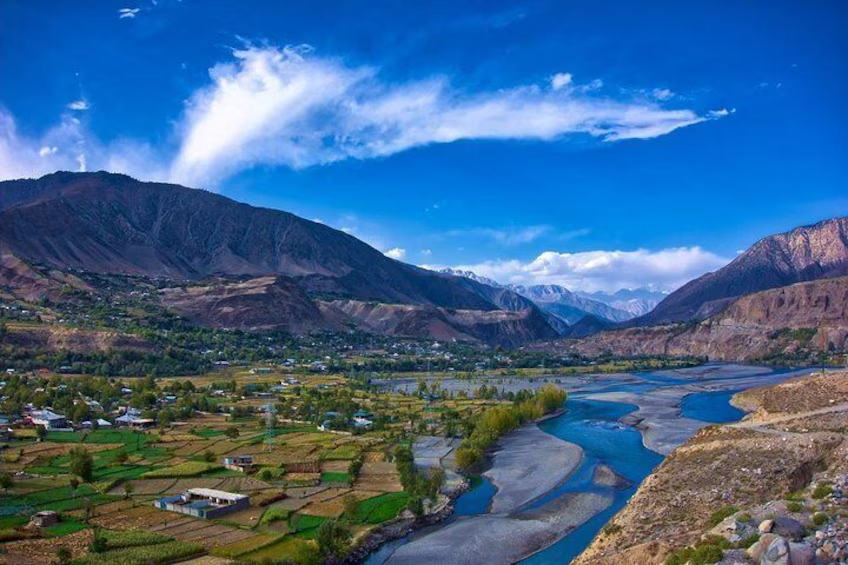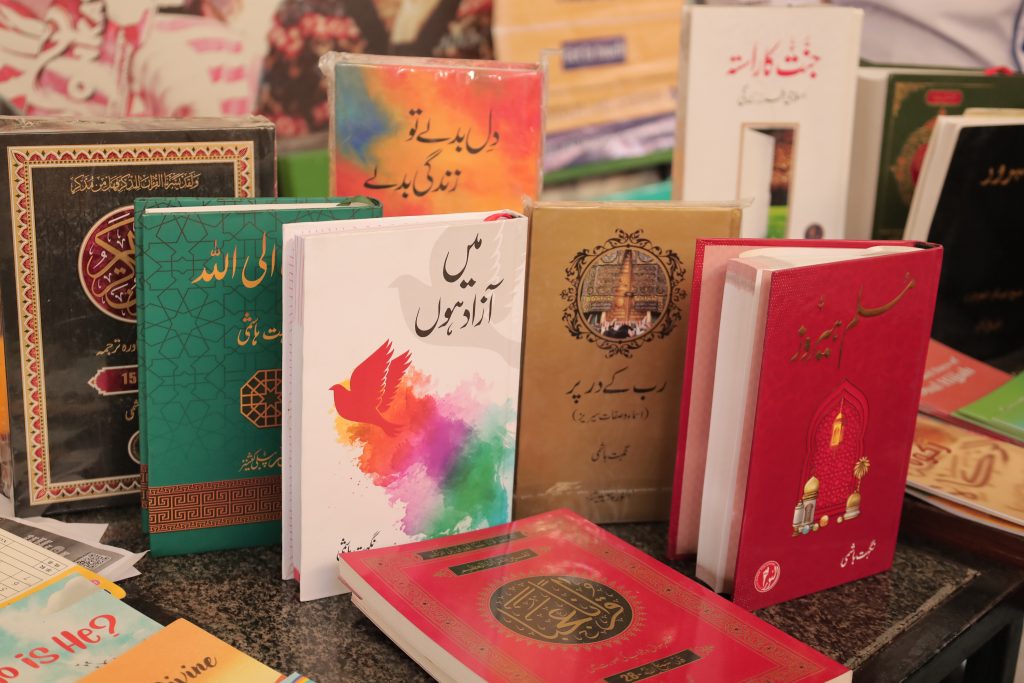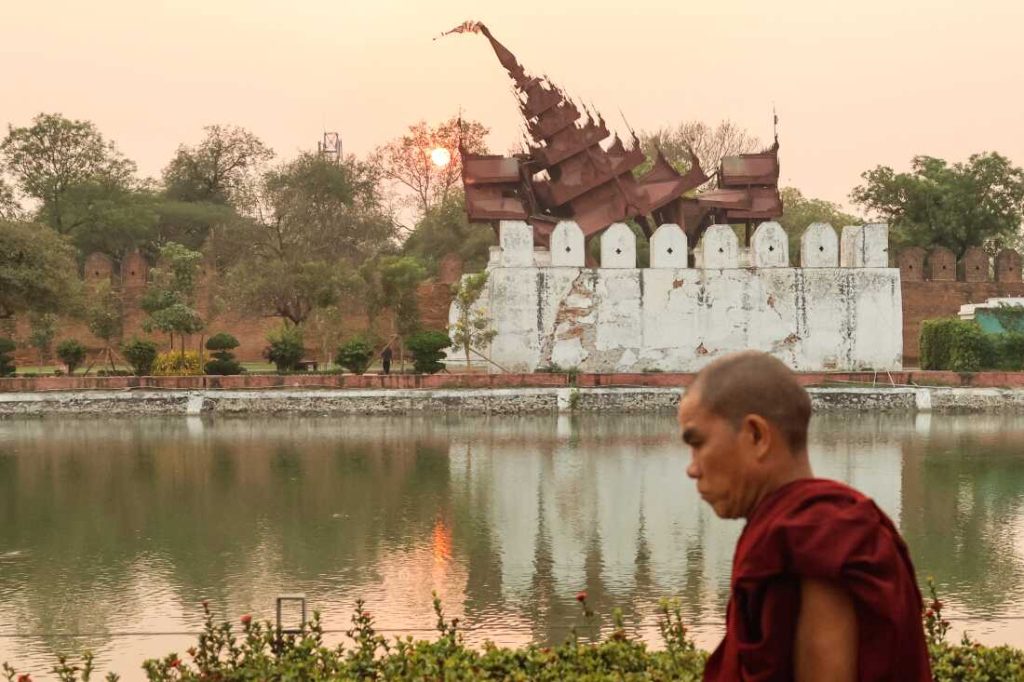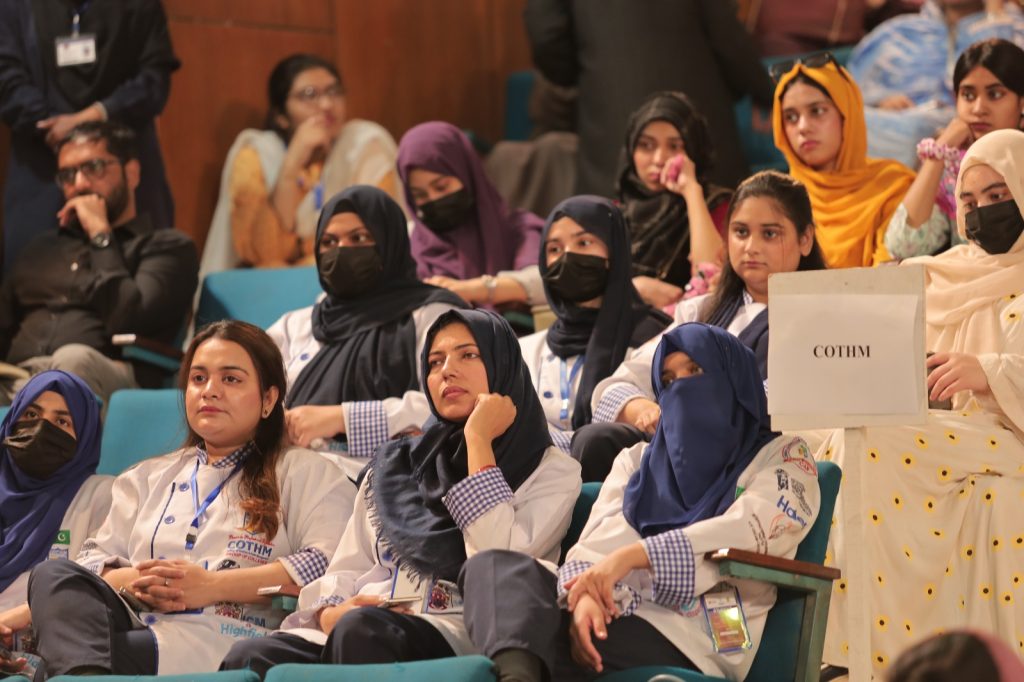by Aftab ur Rehman Rana
The three valleys by the name of Bumburet (Mumburet), Rumbur (Rukmu) and Barir (Biriu) are conceivably the most popular tourist destinations in the district of Chitral of Khyber Pakhtunkhwa province of Pakistan. These valleys are located in the southern gorges of Hindukush Mountains along the border of Afghanistan. These are the valleys where Kalasha people live who are considered the last surviving non-Muslim tribal community in northern Pakistan. The people of Kalasha have a rich culture and are very strong footed about their identity. These people stand out from the remaining tribes, cultures and communities of Pakistan due to their distinct culture, religious practices and festivals.
There are three theories about the origin of the Kalash people. Some historians believe that the Kalasha are descendants of the soldiers of Alexander the Great, while the second group believes that they are indigenous to Asia and came from what is now the Nuristan area of Afghanistan. According to the third school of thought; the Kalash ancestors migrated to Afghanistan from a distant place in South Asia, which they call “Tsiyam” in their folk songs and epics. However, it is established that the Kalasha migrated to Chitral from Afghanistan in the 2nd Century BC. By the 10th century AD, Kalasha ruled a large part of present day Chitral. Their fellow tribesmen in Afghanistan were known as Red Kafirs. The thriving Kalasha culture began to fall in 1320 AD, when Shah Nadir Rais subjugated and converted these people to Islam. Today Kalash are one of the world’s most endangered minority communities with a population decreased from 10,000 in 1951 to 3,700 in 1998.
The Kalasha people live in about 12 villages in the mountainous valleys, which are full of lush green fields, natural forests, meadows and natural springs. From Chitral town it takes around two hours by jeep to access any of the three Kalash Valleys located at the distance of about 32 to 36 km.
Bumburet valley receives largest number of visitors as it is most developed in terms of facilities and most of the hotels are located in this valley. Rumbur valley is less developed but is more popular with foreign tourists due to its beautiful landscape and more off beat authentic cultural experience. Birir is the least developed among all there Kalasha valleys and is least visited by the tourists. If you have time you may visit all three valleys but at least you may try to visit Bamburiat and Rambur in one go.
The best time to visit Kalasha Valleys is the occasion of four seasonal festivals when you will have plenty of opportunities to immerse in the local culture and see the great festivity, colourful traditional rituals and dances and way of life of Kalasha people.
These four festivals mark the highlights of the Kalash calendar. Zoshi, the spring festival, when girls pick the first flowers of the year, is held on May 14-15 every year. It is celebrated with dancing, social visits and the exchange of milk and dairy products. Utchaw is observed from 23-24 August to mark the wheat and barley harvest, and involves song, dance and feasting. Phoo is autumn festival and is celebrated in mid-October to mark the grape and walnut harvest, while Chowmoz, from December 10-23, welcomes the new year with feasting, drinking, dancing and sacrifice of goats.
If you visit Kalasha Valleys other than these days you will miss all the colourful festivity but still you will have the chance to go on relaxing walks passing through the old traditional villages and see the day to day lifestyle of Kalash people. There are number of short hikes to go to nearby pastures and enjoy the scenic beauty of this serene mountainous region. A visit to Kalash Museum at Brun Village in Bamburiat Valley is a rewarding experience to learn about the rich Kalasha culture under one roof.
If you are a trekking enthusiast there are plenty of short hikes in all three valleys to for a day hike. To have a real experience of Kalasha Valleys I strongly recommend you to hire a local tour guides who will not only help you to explore the real charm of this area but will also make your trip safe and secure. Moreover, it will help in generating some economic activity for the locals. Sustainable Tourism Foundation Pakistan (STFP) has trained more than 40 male and female tour guides and now they are available to provide their services to the domestic and foreign tourists on reasonable charges. The visitors may ask at the reception of the hotel to book one of these tour guides.
Bumburet has more than 30 hotels and guest houses whereas Rumbur has 6 and Birir has around 5 hotels and guest houses. Most of these hotels are of small size and their general standard is basic to moderate. Keep in mind that due to high demand during the festival days most of the good hotels and guest houses are booked well in advance so make your hotel booking in advance if you are planning to go during the festivals days. For getting help about hotel booking one can visit tourism website on Chitral www.visitchitralvalley.com.
The Kalash Valleys have beautiful landscape and sensitive cultural heritage. But this natural beauty and unique culture can easily be eroded by the onset of mass tourism. To do your part to preserve the beauty and rich culture of this area, tourists are advised to follow the guidelines of responsible tourism in Kalasha Valley. These guidelines are developed by Sustainable Tourism Foundation and are available at this web link: https://visitchitralvalley.com/responsible-tourism-in-kalasha-valley.
About the Writer
Aftab Rana is a Tourism Development Specialist. He is the President of Sustainable Tourism Foundation Pakistan and Vice President of Adventure Foundation Pakistan. He is also member of National Tourism Coordination Board, member of Board of Directors of PTDC and a Fellow of Leadership for Environment and Development. He is the author of three travel guides on Kaghan Valley, Swat Valley and Chitral Valley. He can be contacted at stfpak@gmail.com.










